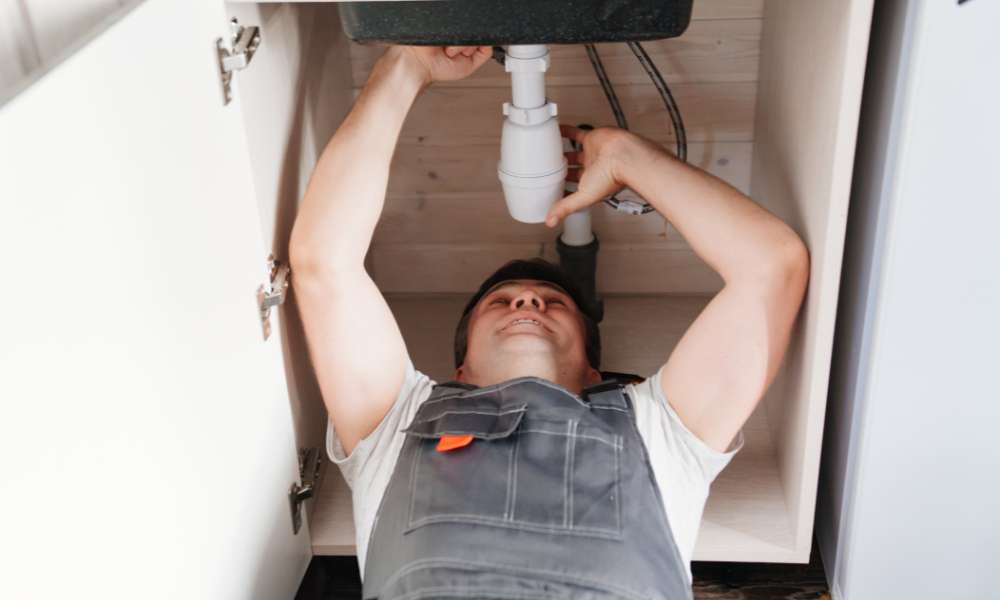Choosing the right size drain for your kitchen sink is crucial for optimal functionality and efficiency. This guide will navigate the specifics of drain size requirements, ensuring your kitchen’s plumbing system works seamlessly. Understanding the standard drain sizes and when to deviate based on your sink’s design and usage can prevent common issues such as clogging and slow water drainage. We’ll explore how to accurately measure your sink basin, consider factors influencing drain size selection, and provide essential installation tips. Whether you’re renovating your kitchen or installing a new sink, selecting the correct drain size is key to maintaining a clean and efficient workspace.
The Standard Drain Size for Kitchen Sinks
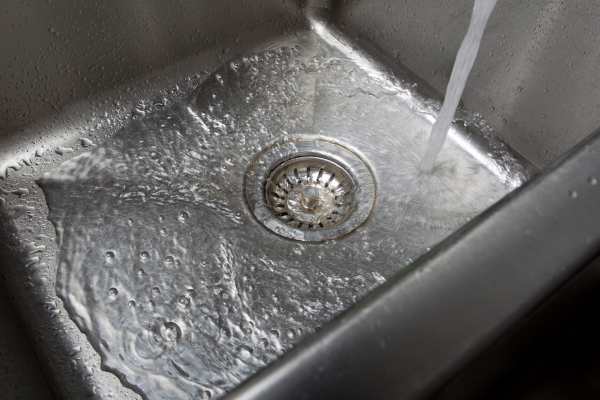
The standard drain size for most kitchen sinks is 3.5 inches in diameter, which accommodates the average home’s plumbing requirements. This size is designed to efficiently handle the typical volume of water used in kitchen tasks while preventing blockages from everyday waste. It is compatible with most garbage disposal systems and strainer baskets, which are integral to maintaining a clean and functional sink. Choosing a drain that adheres to this industry standard ensures that installation is straightforward and replacement parts are readily available, making maintenance simpler and more cost-effective for homeowners.
Importance of Choosing the Correct Drain Size
Selecting the correct drain size for your kitchen sink is crucial to prevent plumbing problems and ensure efficient water flow. A properly sized drain minimizes the risk of clogs and backs up by accommodating the typical volume of waste and water your household produces. Additionally, it ensures compatibility with your home’s plumbing system, promoting smoother installation and maintenance. By matching the drain size accurately with your sink’s dimensions and usage, you can enhance functionality and extend the lifespan of your kitchen plumbing. This simple yet vital decision can save time, money, and the inconvenience of frequent plumbing issues, making it a key consideration in kitchen design.
Variations in Drain Sizes: When to Choose Larger or Smaller
Selecting the appropriate drain size for your kitchen sink depends on several factors, including the sink’s size and your household needs. Larger drains, typically around 3.5 inches, are standard for most kitchen sinks because they accommodate more waste and reduce clogging. Smaller drains might be suitable for bar or prep sinks, where less volume and smaller debris are typical. The choice also depends on the type of plumbing and garbage disposal system you have in place. By understanding these variations, you can make an informed decision that ensures efficiency and prevents plumbing problems, enhancing the overall functionality of your kitchen.
How to Measure Your Kitchen Sink for the Right Drain Size
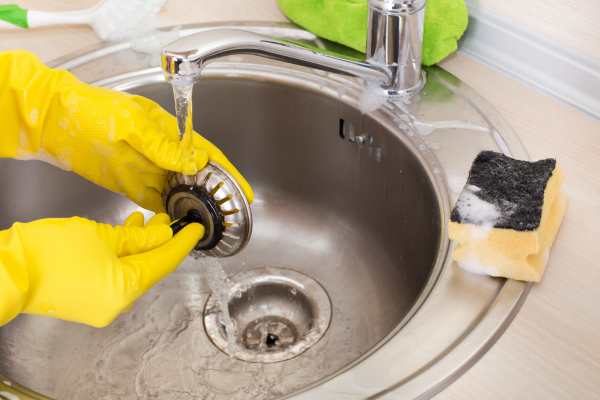
Measuring your kitchen sink to determine the correct drain size is a straightforward process that ensures efficient drainage and functionality. Start by checking the diameter of the existing drain hole, typically found at the bottom of the sink. This measurement is usually between 3.5 to 4 inches across most standard sinks. Additionally, assess the sink’s overall size and depth, as larger sinks might require a wider drain to handle more water flow. Using a tape measure, record these dimensions accurately. Ensuring precise measurements helps in selecting a drain assembly that fits perfectly, preventing leaks and other plumbing issues.
Factors Influencing Drain Size Selection
Selecting the correct drain size for your kitchen sink depends on several key factors. Sink size is the primary determinant, as larger basins require larger drains to efficiently handle water flow. The type of usage your sink will endure also influences the choice; heavy use in busy households may benefit from a wider drain to avoid clogs. Additionally, the type of plumbing setup and local building codes can dictate specific requirements for drain size. Considering these elements ensures that your kitchen sink operates effectively, avoiding plumbing issues and maintaining smooth functionality in your daily kitchen activities.
Installation Tips for Kitchen Sink Drains
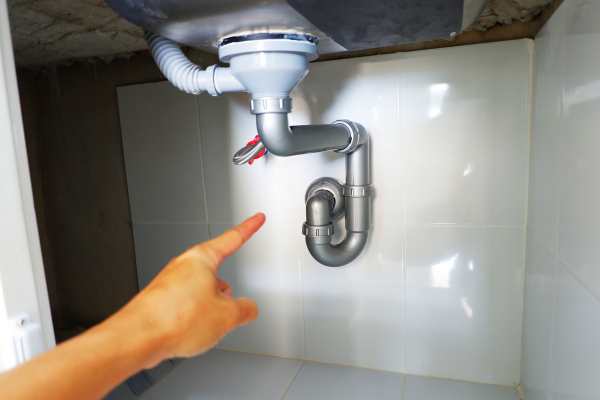
Installing the correct drain size in your kitchen sink is essential for efficient water flow and waste disposal. Begin by ensuring compatibility between the sink’s hole and the drain assembly. Use a high-quality plumber’s putty or silicone sealant around the flange to prevent leaks. When attaching the tailpiece to the drain body, make sure it’s tight and secure to avoid future complications. It’s also important to align the plumbing correctly with your home’s waste system, taking care to ensure that the P-trap is properly installed to prevent odors from rising. Following these steps will ensure a smooth installation process and long-term reliability for your kitchen sink’s drainage system.
Common Issues with Incorrect Drain Size Choices
Selecting an incorrect drain size for your kitchen sink can lead to several problems that affect daily kitchen activities. A drain that’s too small may clog frequently, as it cannot handle the volume of waste and water efficiently. Conversely, a drain that’s too large might lead to inadequate water sealing, causing leaks and allowing odors to escape. Such issues not only disrupt kitchen functionality but also require costly and time-consuming repairs. Ensuring you choose the right drain size will help maintain a smooth and efficient flow, preventing these common setbacks and keeping your kitchen operations running seamlessly.
Pros and Cons of Different Drain Sizes
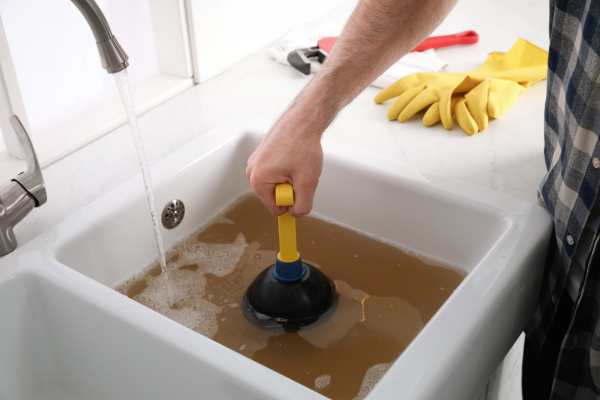
Selecting the appropriate drain size for your kitchen sink impacts both functionality and maintenance. Larger drains, typically around 3.5 inches, are excellent for efficient water flow and minimizing clogs from larger debris. However, they may require more extensive plumbing adjustments during installation. Smaller drains, while standard in many homes, can restrict water flow and are more susceptible to clogs if not maintained properly. Choosing the right size depends on your household’s needs and the type of usage your sink endures. Carefully weighing these pros and cons will help ensure that your kitchen sink remains functional and easy to maintain over time.
Recommended Tools and Materials for Drain Installation
To ensure a smooth and successful kitchen sink drain installation, having the right tools and materials is essential. Key tools include a wrench, pipe cutter, pliers, and plumber’s tape, all of which help secure fittings and prevent leaks. Materials such as PVC pipes, gaskets, and drain flanges are crucial for creating a reliable connection. Silicone sealant is often recommended to provide a watertight finish, while a bucket or towel is handy for managing water spills during the process. Using high-quality tools and materials ensures a durable installation, reducing the chances of future plumbing issues. Proper preparation with the right supplies can make the task efficient and stress-free.
Maintenance Tips for Kitchen Sink Drains

Proper maintenance of kitchen sink drains ensures long-lasting efficiency and prevents costly repairs. Regularly flushing the drain with hot water helps break down grease and food particles, reducing clogs. A mixture of baking soda and vinegar is an effective natural solution to keep drains clean and odor-free. Avoid pouring grease, oils, or large food scraps down the sink, as these can cause blockages. Using a drain strainer is an excellent way to catch debris before it enters the pipes. Periodically checking for leaks or slow drainage can help address minor issues before they escalate. Consistent care keeps your kitchen sink drain functioning smoothly for years.
Conclusion
Understanding what size drain for kitchen sink is needed is essential for ensuring proper functionality and avoiding plumbing issues. Selecting the right size based on your sink’s design and usage guarantees smooth water flow and reduces the risk of clogs. By accurately measuring your sink and considering factors like pipe compatibility and local building codes, you can make an informed decision. Proper installation and regular maintenance further enhance the efficiency of your kitchen plumbing system. Whether you’re upgrading your sink or addressing drainage problems, taking the time to choose the correct drain size will save you time, money, and hassle in the long run.
